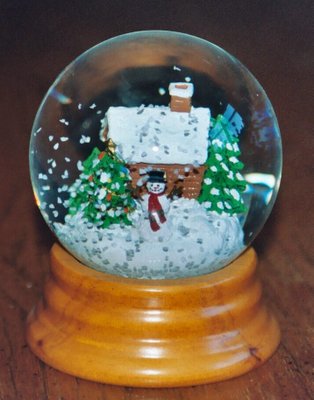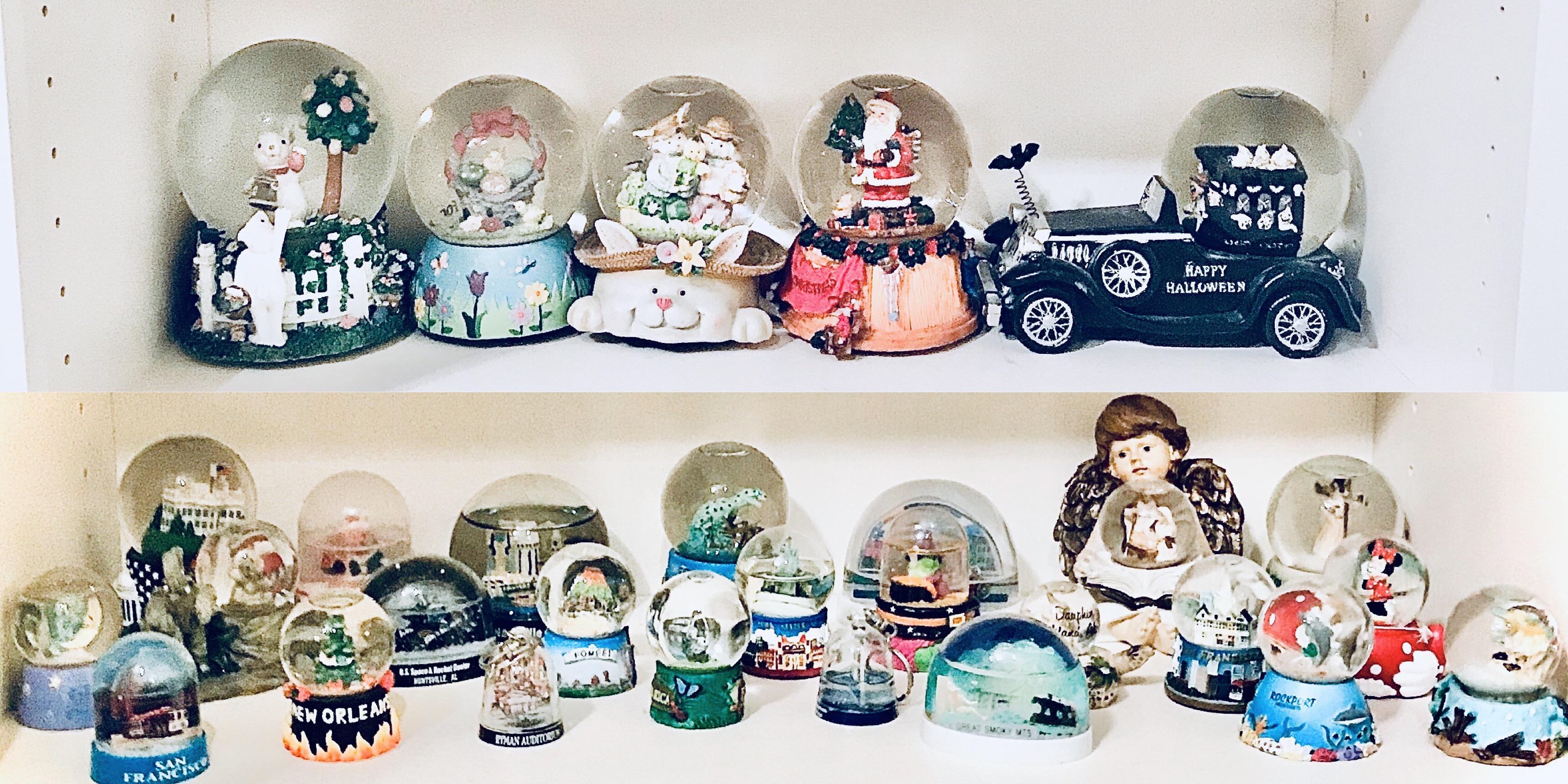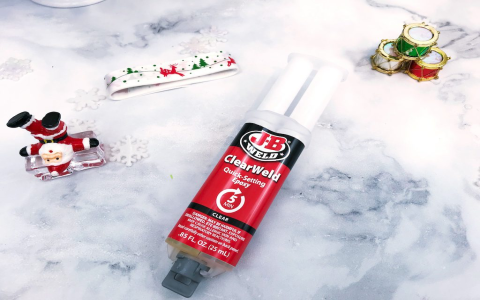So, you wanna know about my little obsession with antique snow globes, huh? It wasn’t something I planned, let me tell ya. It just sorta… happened. I was at this dusty old flea market, years ago, digging through a box of what most folks would call junk, and there it was. A little glass ball, a bit cloudy, with a tiny ceramic cottage inside. I picked it up, gave it a shake, and boom! Instant blizzard. I was hooked.

My Treasure Hunting Process
Alright, so the first thing was figuring out where to even find these old things. It’s not like they’re just sitting on shelves at your local superstore. Flea markets became my go-to, especially the ones that are a bit out of the way. You gotta be willing to get your hands dirty, sift through piles of stuff. Estate sales are another goldmine, or sometimes a bust, you never know. I also pop into antique shops, though sometimes their prices make my eyes water. I’ve learned to walk away from those.
When I’m out hunting, I’ve got a routine. I scan tables, look under things, ask sellers if they have any “old glass paperweights with stuff inside” – sometimes they don’t even know what a snow globe is called! It’s all about patience. You can go weeks, months even, without finding a single decent one. Then, one day, you hit the jackpot.
- Look for the signs of age: The glass might be thicker, maybe a bit imperfect. The base is a big clue – old ones often have wooden, ceramic, or early plastic bases. Metal bases can be old too.
- Check the water: Is it clear? A little cloudy is okay, sometimes it’s just from age. Really murky water, though, that’s usually a pass for me unless the globe is super rare. And evaporation happens, so a lower water level isn’t always a dealbreaker.
- The Scene Inside: This is the heart of it, right? I look for detail, something charming. Those old German ones with the little celluloid figures? Love ’em. Sometimes you find ones with advertisements, those are pretty cool.
- Condition, condition, condition: Chips in the glass? Cracks in the base? That’s a big factor. A little wear and tear is fine, it shows its history. But major damage, well, that usually means I leave it behind. I’m not really into major restoration projects.
What I’ve Learned (The Hard Way)
I’ve definitely made some mistakes. Bought a few that I thought were old, turned out they were just clever reproductions. That stings a bit. You learn to spot the fakes, or at least the newer stuff trying to pass as antique. The glitter, for example. Old glitter is often different, less uniform than the modern stuff. And sometimes, you just get a gut feeling.
And then there’s the heartbreak of damage. I once found this absolute beauty, a really early one with a delicate glass base. Got it home, was cleaning it ever so gently, and tink – a tiny crack appeared. Almost cried, I tell ya. These things are fragile, especially the really old glass ones. So now, I’m extra, extra careful when I handle them. Wrap ’em up good if I’m transporting them.
Keeping Them Happy
Once I get them home, it’s pretty simple. I find a nice, stable spot for them, away from direct sunlight. Sunlight is the enemy, man. It can make the water go all funky and fade the colors inside. I give them a gentle dusting now and then. I don’t really “clean” them aggressively. If the water is a bit low, I usually just leave it. Messing with the seal on an old globe? Not for me. Too risky.

I don’t have a fancy display cabinet, just some sturdy shelves. I like to group them by theme or by how old I think they are. It’s just nice to walk by and see them, give one a little shake. Each one has a story, even if I don’t know the full history. They’re little windows into the past, you know?
So yeah, that’s pretty much my journey with antique snow globes. It’s a bit of a quirky hobby, I guess. But finding a little piece of history, holding it in your hand, it’s a cool feeling. It’s not always easy, and sometimes it’s frustrating, but when you find that special one, it’s all worth it. Just takes a bit of looking, and a whole lot of luck.




